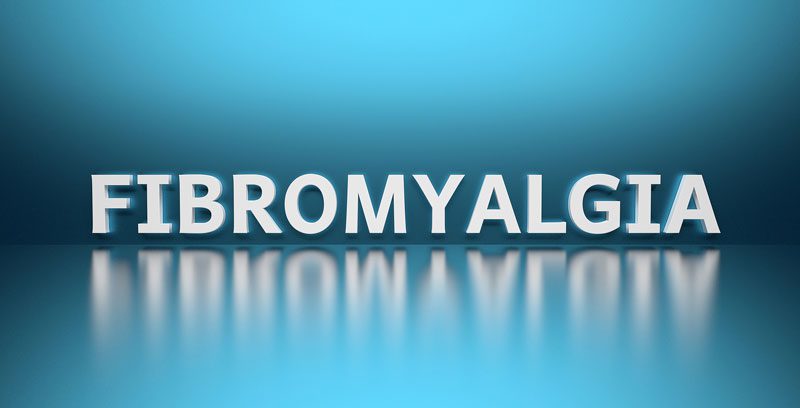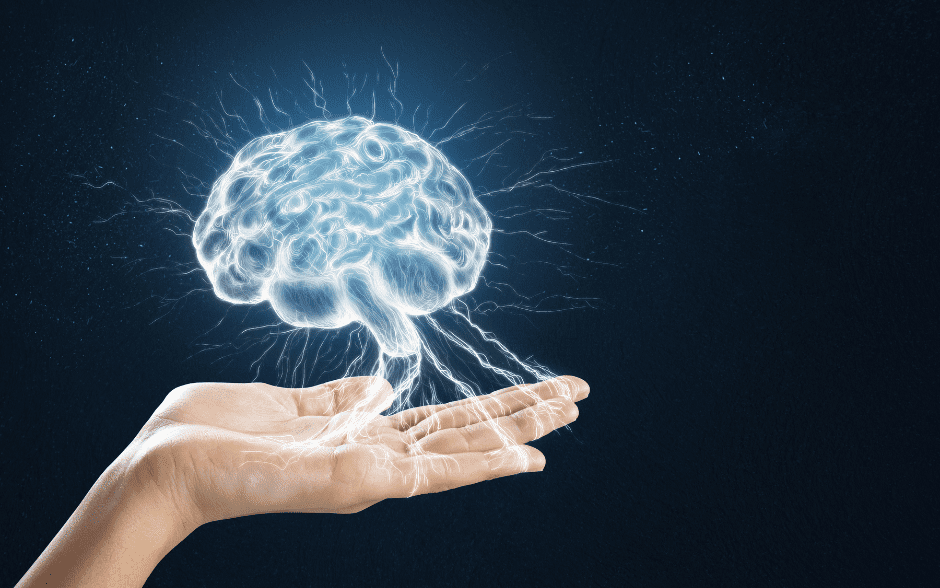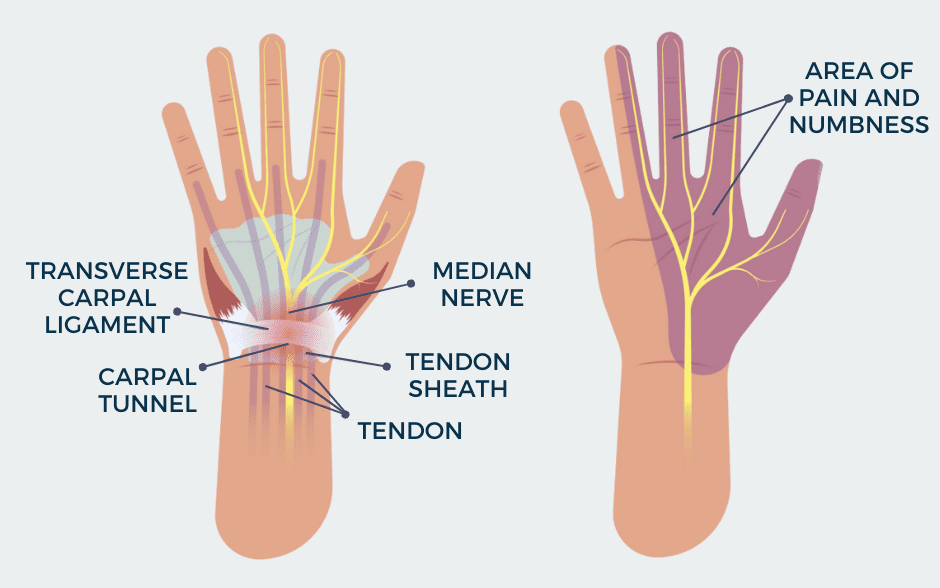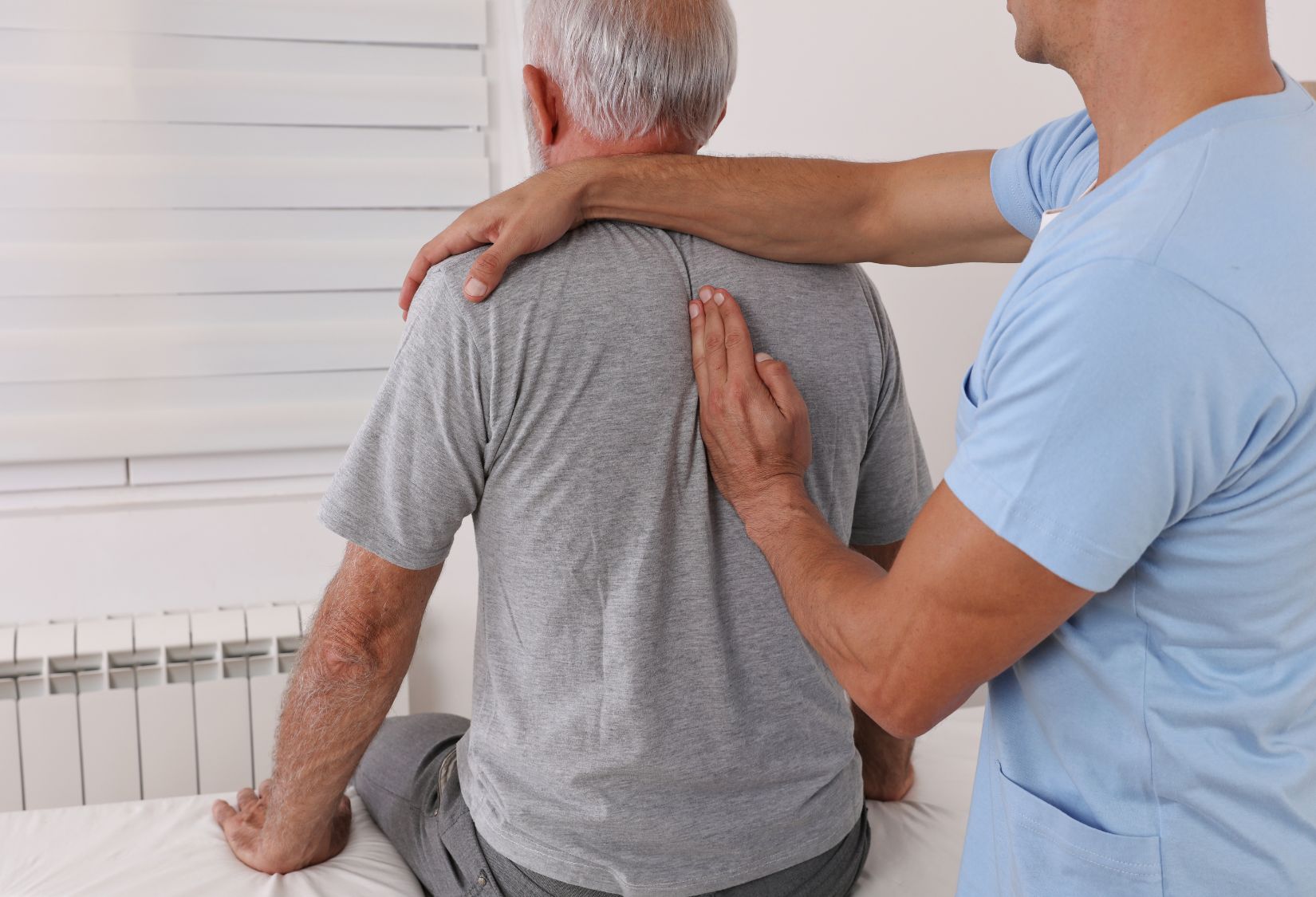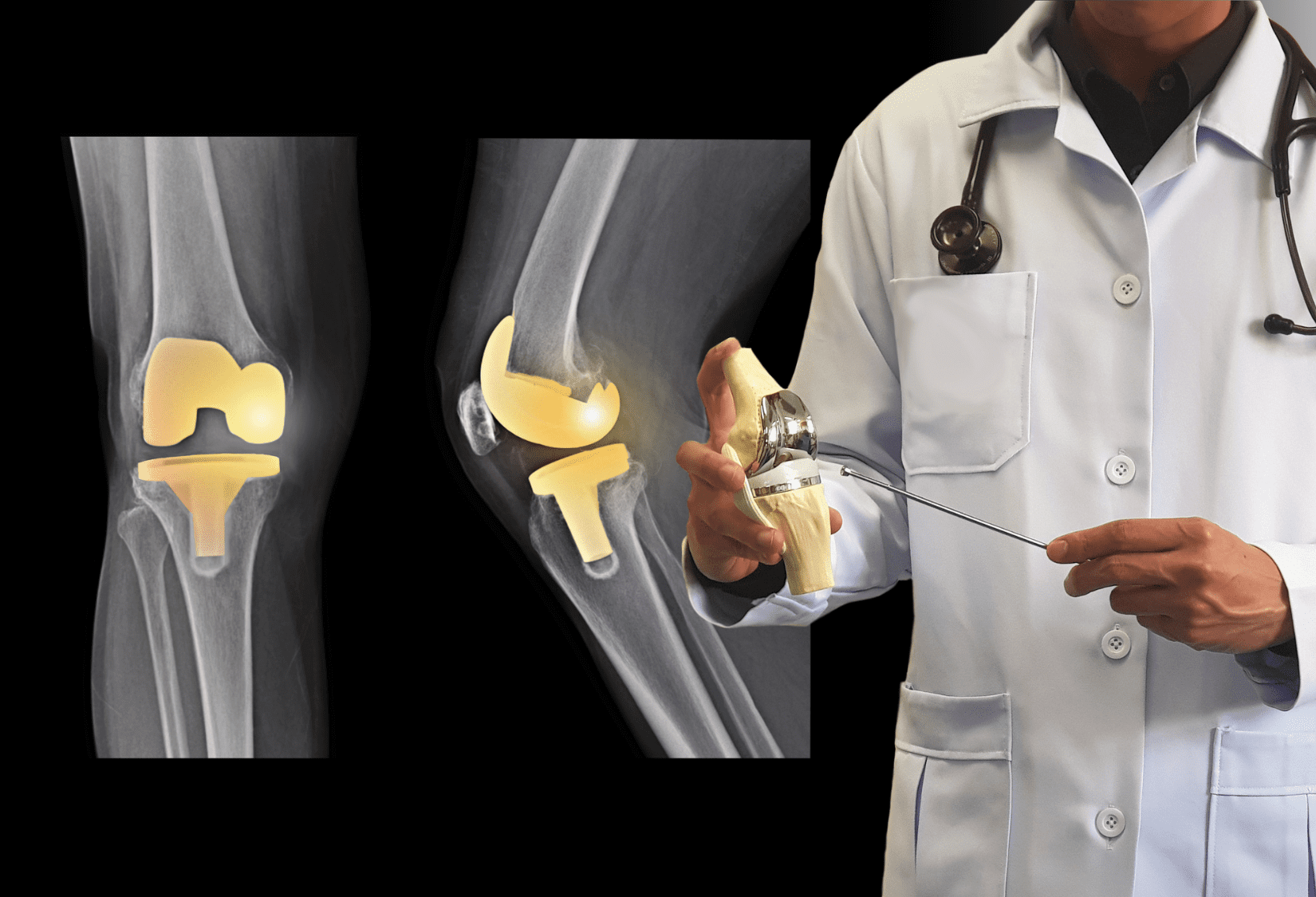Fibromyalgia is a general pain of the musculoskeletal system that lasts for at least 3 months. It may be accompanied by a feeling of tiredness, insomnia, and stiffness in the lower body and the limbs. People diagnosed with fibromyalgia may also suffer from tension headaches, temporomandibular joint disorders (TMJ), irritable bowel syndrome, and others. Many affected with fibromyalgia tend to experience hypochondria, depression, and anxiety; however, this illness also affects people who do not experience any psychological distress. Approximately 4% of the population suffers from fibromyalgia, women are more often affected than men; the risk of developing this syndrome also increases with age (approximately 8% of women after the age of 70).
Researchers believe that fibromyalgia intensifies painful sensations by affecting the way our brain and spinal cord process painful versus non-painful signals. Symptoms often start with a triggering event, such as significant psychological stress or physical trauma, infection, or surgery but in some cases, manifestations arise without any pronounced reason.
Fibromyalgia – diagnosis and treatment
Fibromyalgia symptoms often mimic that characteristic of other conditions. After ruling them out with medical tests, doctors usually examine the sensitivity of the 18 tender points associated with the syndrome. They are sensitive to pressure and spread symmetrically on the body.
While there is no cure for fibromyalgia, in some cases a variety of medications and physical therapy under the care of experienced therapists can help control symptoms. Counseling and psychological help are also strongly advised as a part of the treatment course. Unfortunately, it can be challenging to treat – statistically, only about 25% of patients notice an improvement in their condition.
The most effective way to fight fibromyalgia is developing the right combination of physical therapy modalities (laser, electrical stimulation, heat, ultrasound, taping), advanced techniques of manual therapy, and kinesiotherapy (physical conditioning).
How does P D Rehab help patients with fibromyalgia?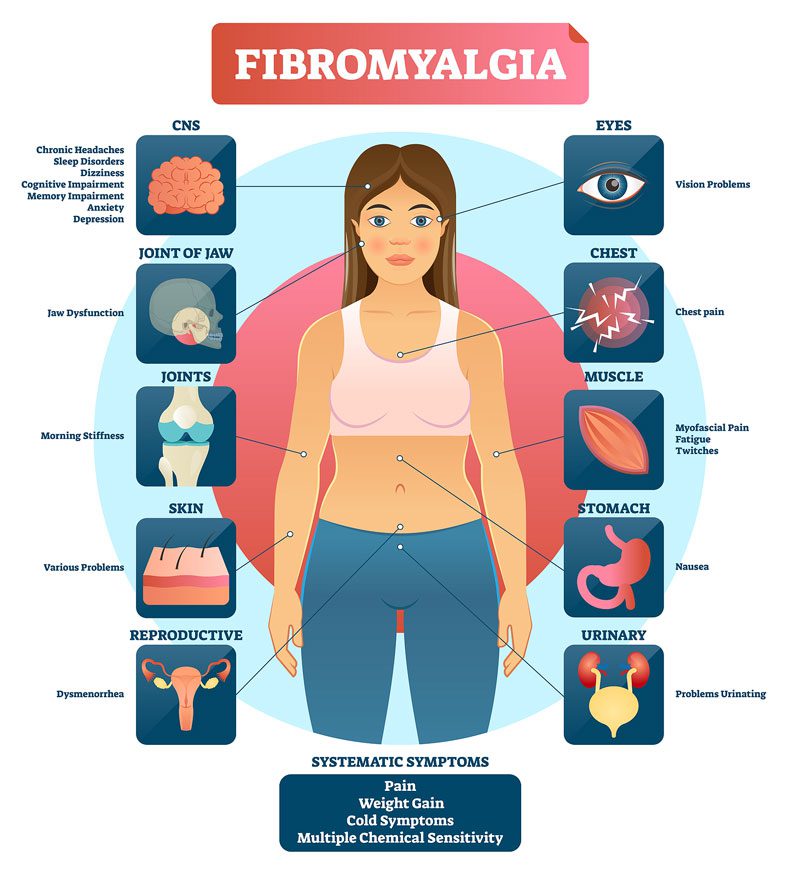
As fibromyalgia is often hard to diagnose and mistaken with other conditions, we strongly advise our patients to schedule a free screen first. During this short interview, our skilled therapist will determine if we will be able to help in your particular case. Then follows an hour-long initial evaluation, when we examine the musculoskeletal and the nervous systems which, in combination with a thorough interview, helps us to develop a proper, tailored treatment plan, which may include:
Manual therapy – Through delicate compression, we are able to find the tender points on the body and help to release them to support the nervous, circulatory, and musculoskeletal systems. Many of the patients suffering from fibromyalgia experience problems with their abdominal organs. Through manual therapy, our therapist compresses the connective tissue surrounding specific organs, which allows improving its function.
Modalities – such as laser, heat, ultrasound, electrical stimulation, taping.
Exercise plan – established by our licensed therapists during individual sessions helps patients with pain and stiffness as well as reduce stress.
We encourage everyone suffering from fibromyalgia or other chronic pain syndromes to contact our Clinic at 847-459-4779.

